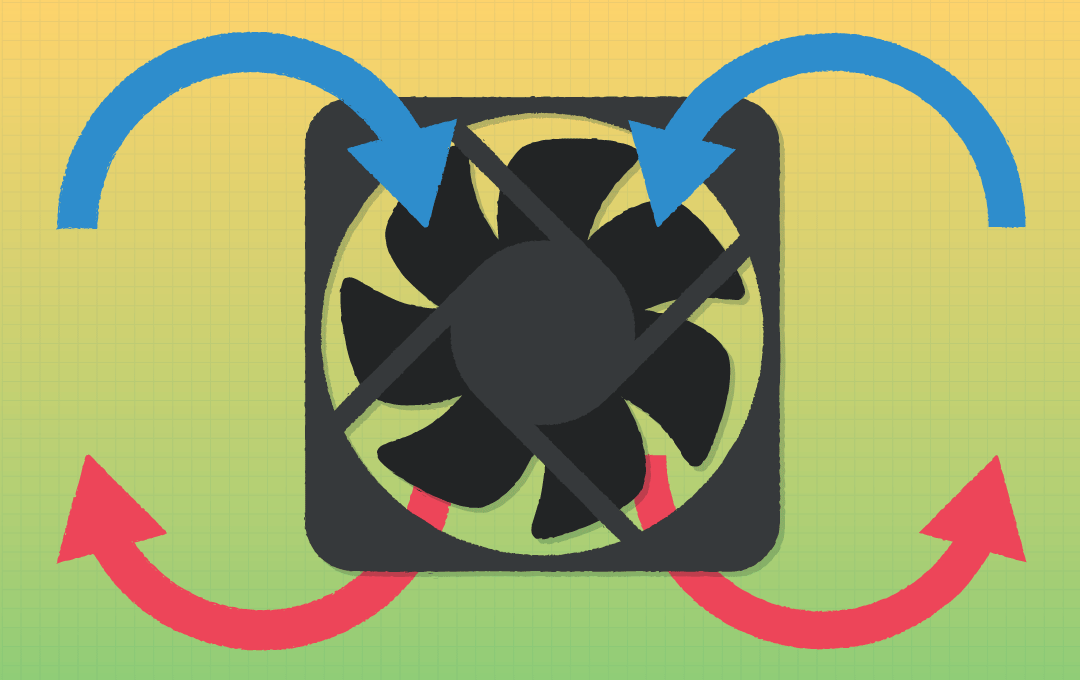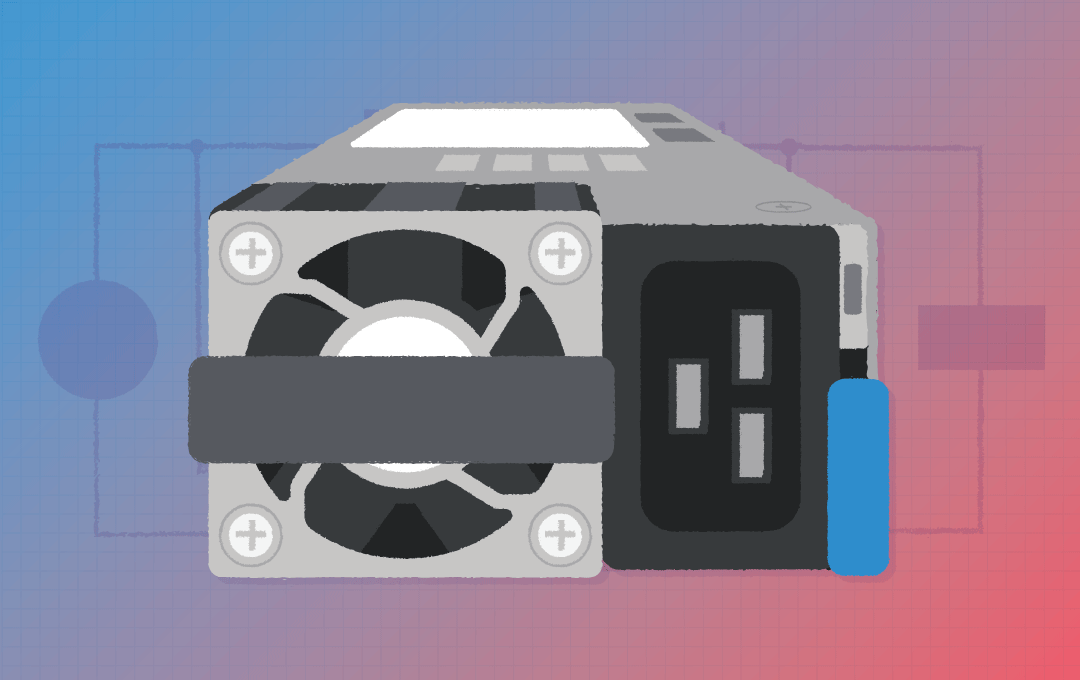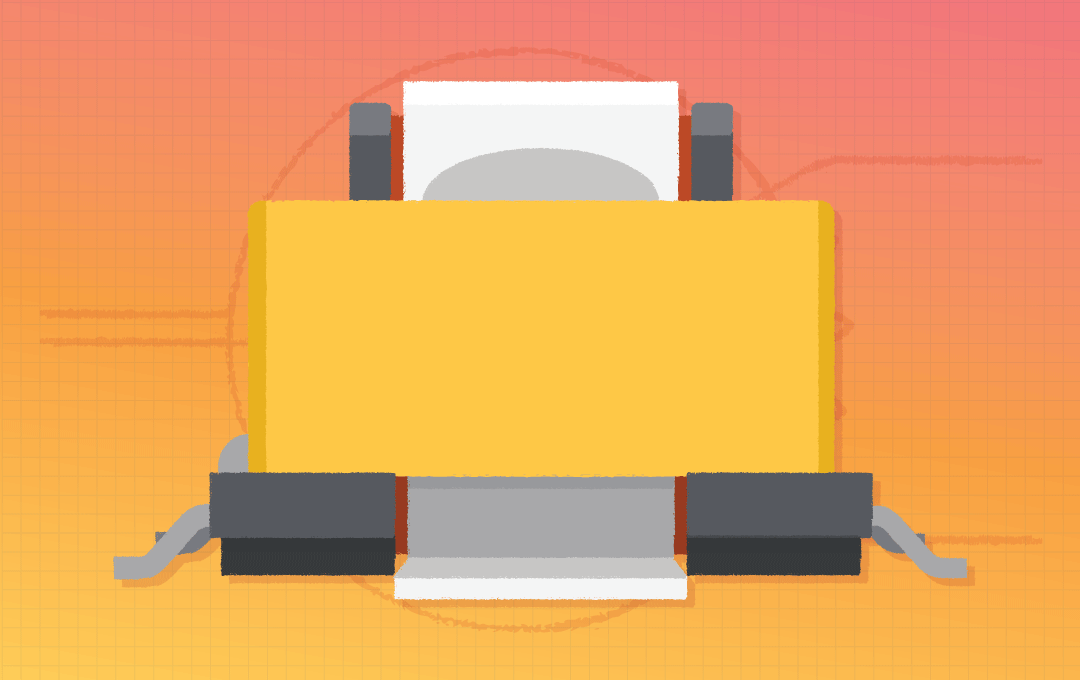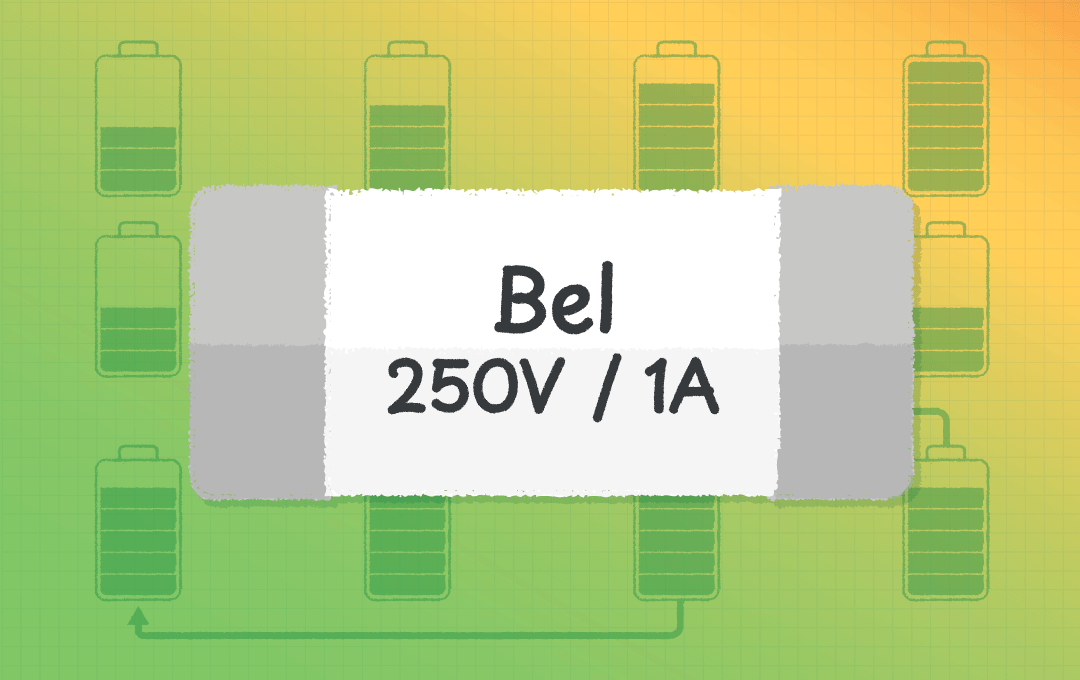Customers, without realizing it, can affect the power supply (PSU) cooling when they operate in real systems. The usual culprits are the system fan(s) competing with the PSU cooling or too high a resistance to PSU cooling air entry or exhaust. All these reduce the net airflow through the PSU to precipitate a critical cooling issue that is usually expensive and time consuming to resolve. These issues fall under the general heading of “Backpressure” problems.
The Right PSU for the Right Application
At the early stage of selecting a standard PSU or developing a new design, it is important to understand how much airflow the power supply requires and how this may be affected or influenced when operating in its final application.
The PSU supplier cannot know exactly how their PSUs will be used in all applications, so it is important to discuss this with a Field Application Engineer who can arrange a review with Bel Power Solutions’ thermal engineer before customers go too far and realize there is an issue.
Collaborating with Bel
To eliminate surprises and disappointment late in the customer’s development the following steps should be considered:
- At the customer’s request Bel Power Solutions can assist by reviewing their concept and confirm if any technical analysis or measurements may be required.
- Bel Power Solutions can provide cooling information if the PSU already exists to assist the customer such as its P-Q characteristic. The P-Q characteristic will show how the PSU airflow reduces as the static back pressure is increased. This will allow the customer to see what the PSU airflow will be when operating against the system internal back pressure.
- Bel Power Solutions will, as part of the PSU specification, agree to the minimum airflow at max power and backpressure margin required in application.
- Bel Power Solutions can provide a simplified FloTHERM thermal model of the PSU that the customer can use in their own system model and assess the resulting PSU airflow for potential issues.
Addressing Common Backpressure Issues
The examples below illustrate the typical backpressure issues faced by PSUs.

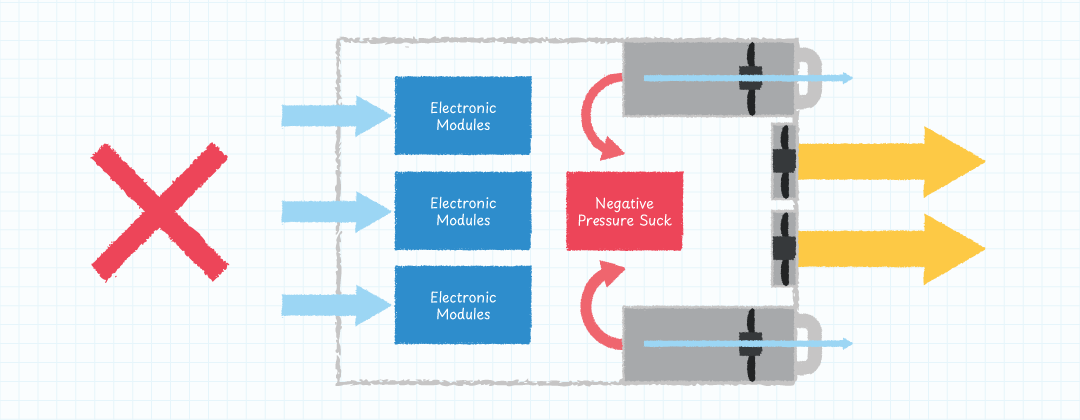
In this example the PSU airflow should be out at the handles as we are illustrating a Normal Airflow PSU. However, the two system fans are shown having a higher performance than the PSU fans which produces a much lower pressure(suck) inside the chassis such that they can reduce the PSU fan airflow exiting at the handle face. If the system fans are very strong they can actually reduce the PSU airflow to zero and even suck air in reverse through the PSUs. This illustrates the main potential problem.
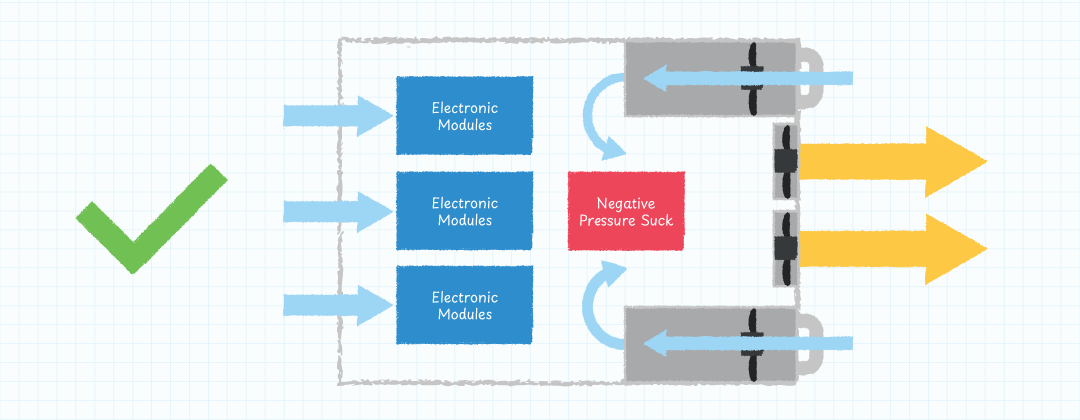
In this example, the PSUs have been replaced with Reverse airflow PSUs which take air in at the handle. This means that the system fans are now assisting the PSU cooling and working with it. However the entry air into the PSU comes from the system exhaust plenum which is not ideal but may not actually reduce the chassis net airflow or create any recirculation issues/heat accumulation as the PSU exhaust air is being diluted constantly by the system entry air.
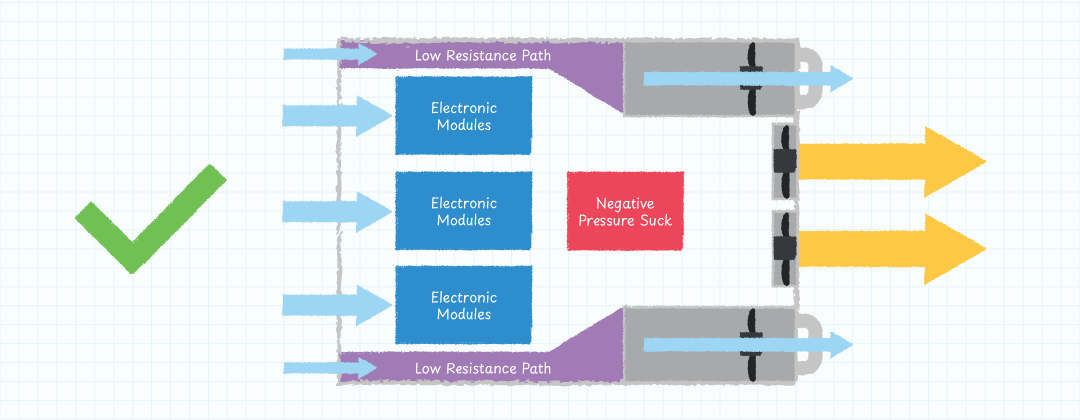
This last example shows the PSU’s air entry isolated from the main chassis airflow to protect them from the pressure effects of the system fans. However the path to the PSU fans should have as low an airflow resistance as possible or the PSU fans will still struggle to draw sufficient air through its entry path.

